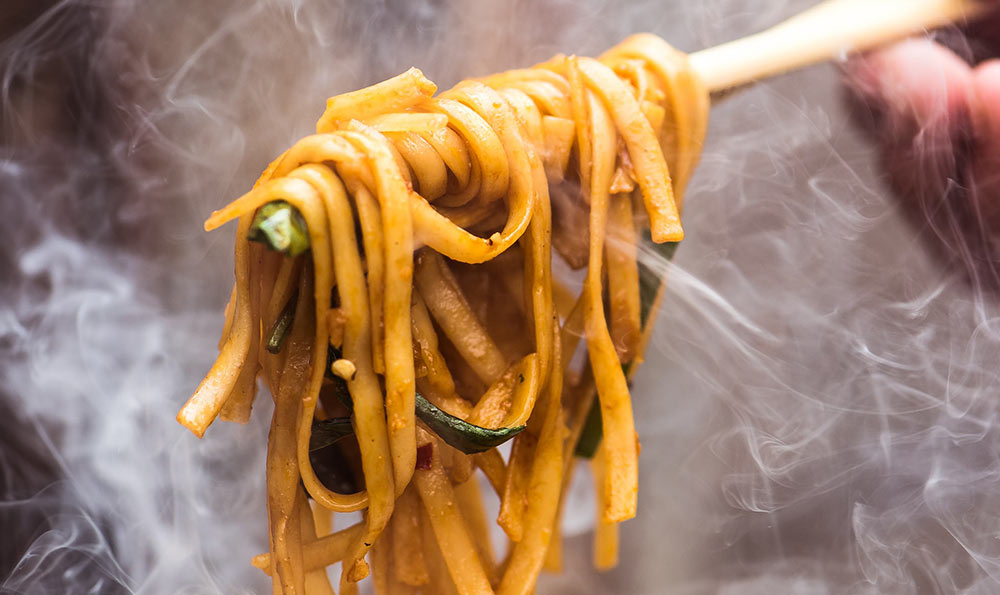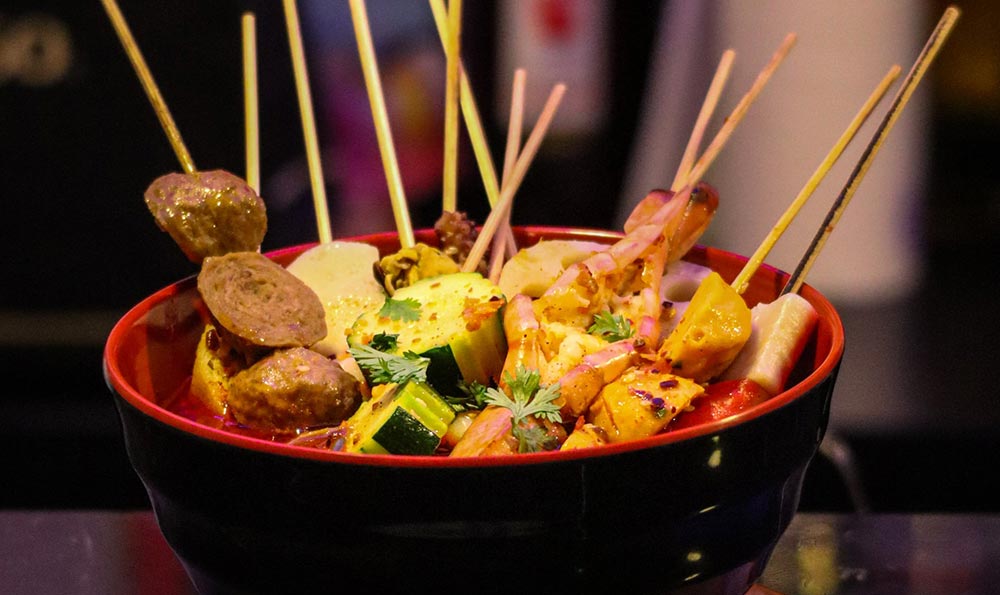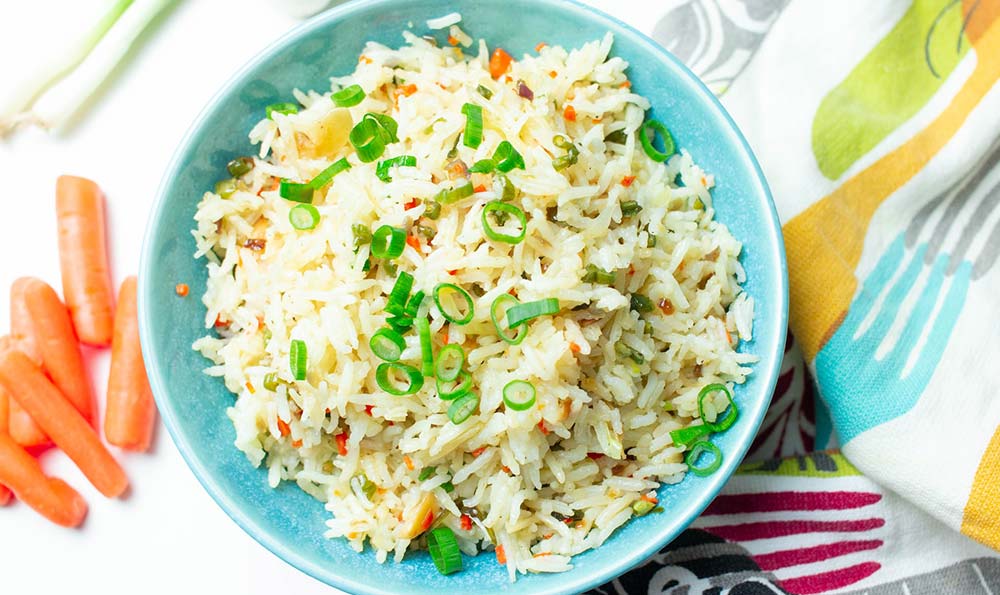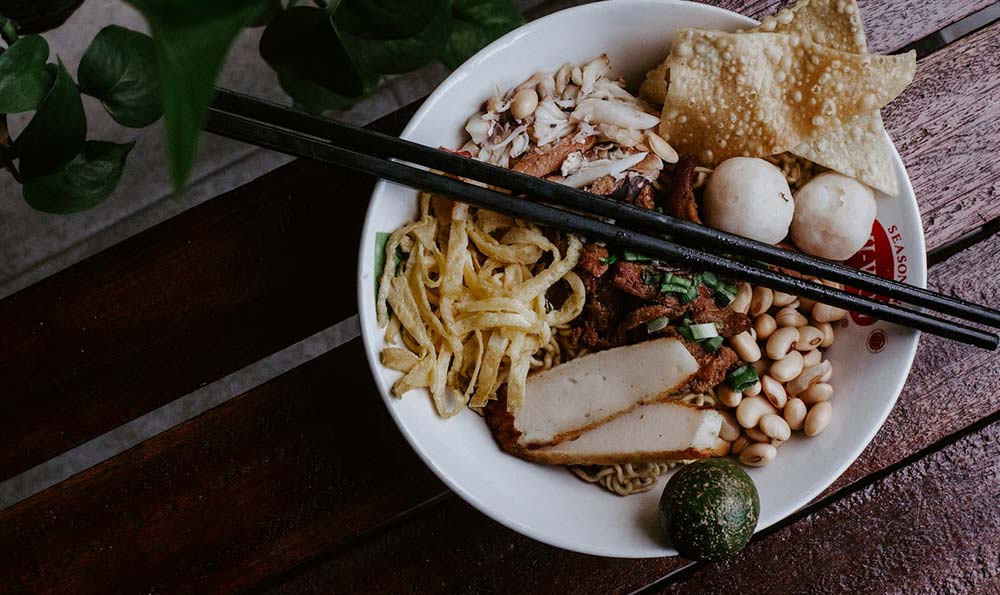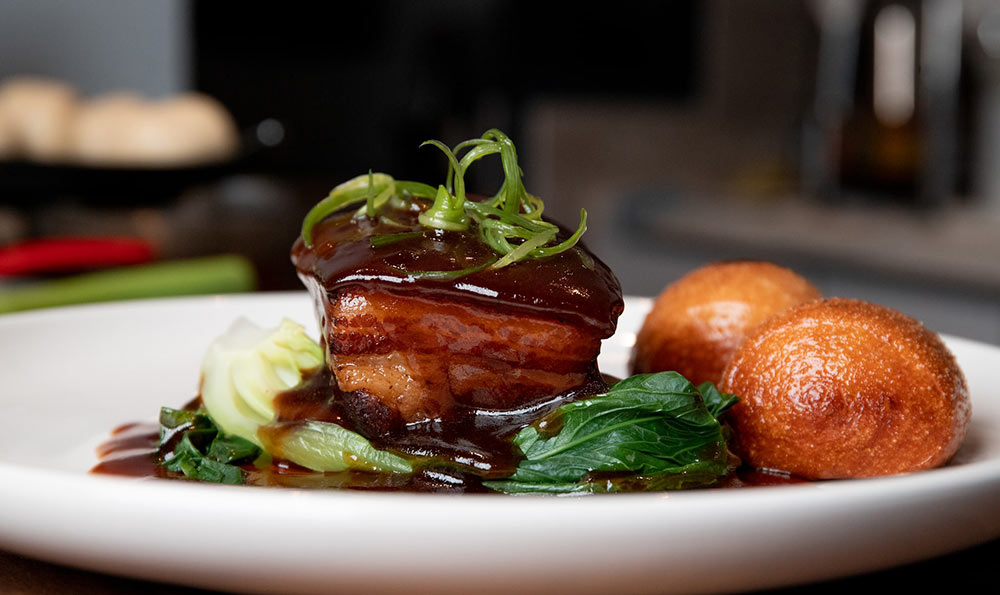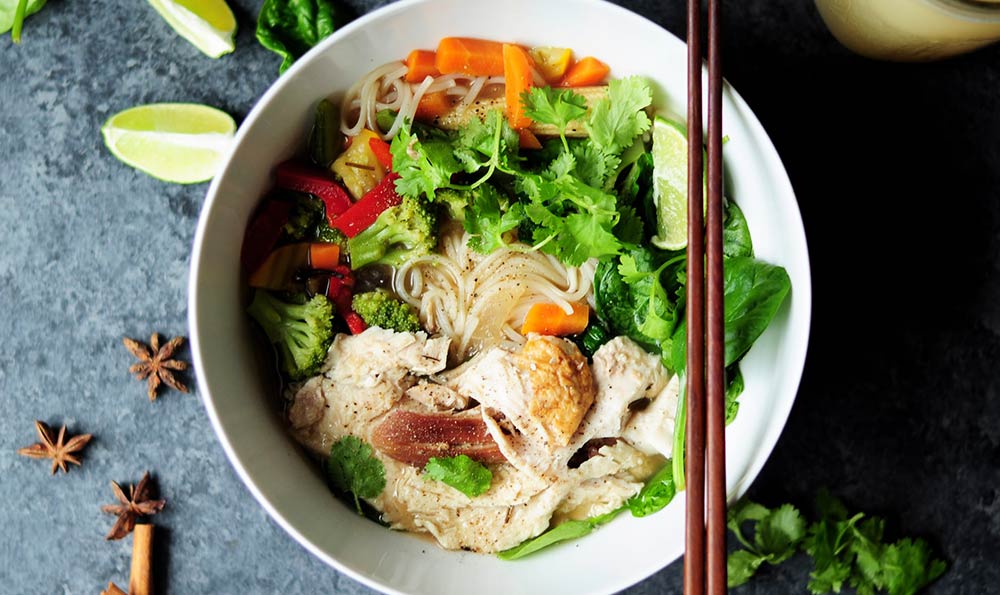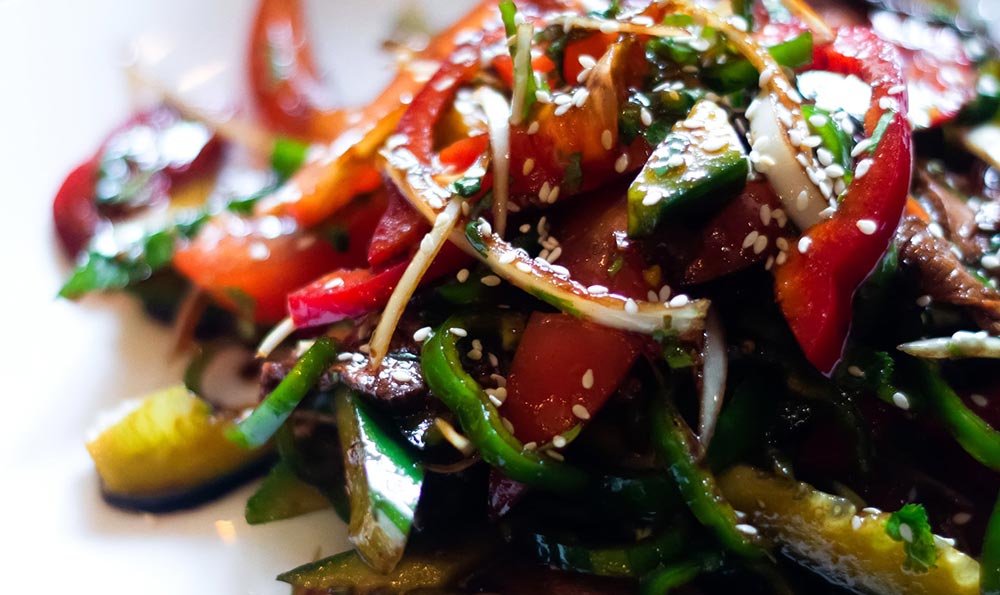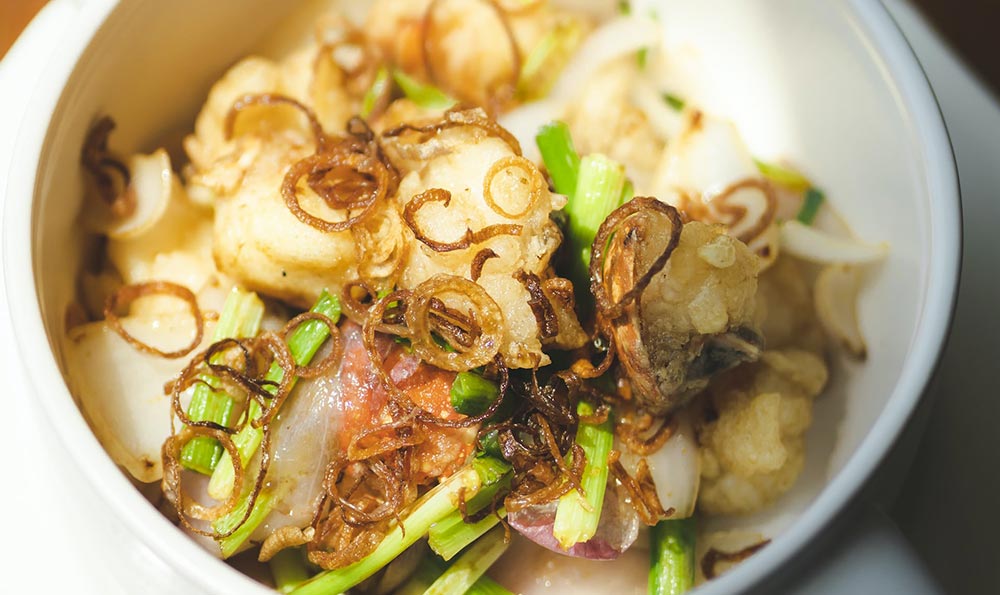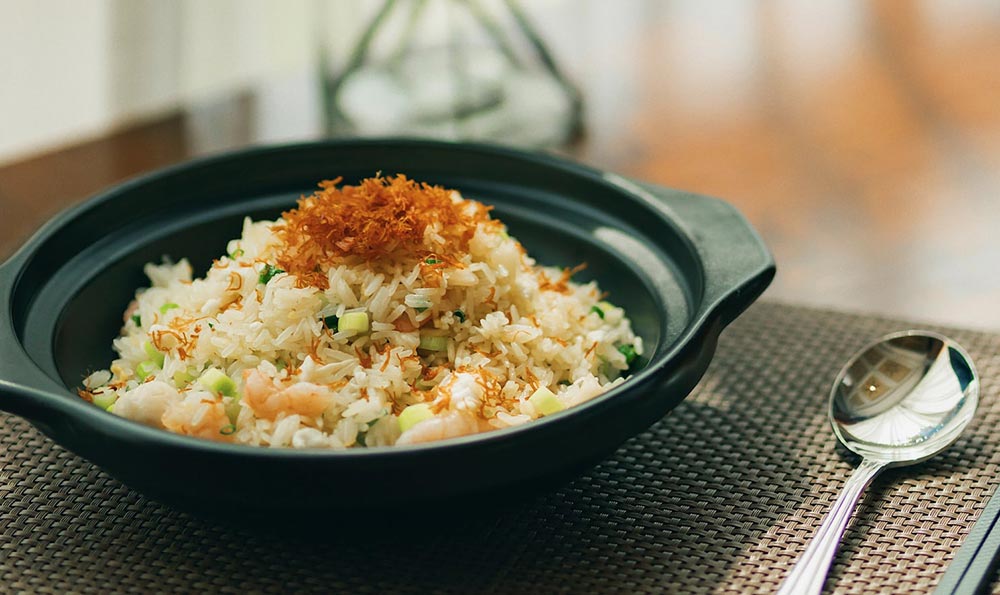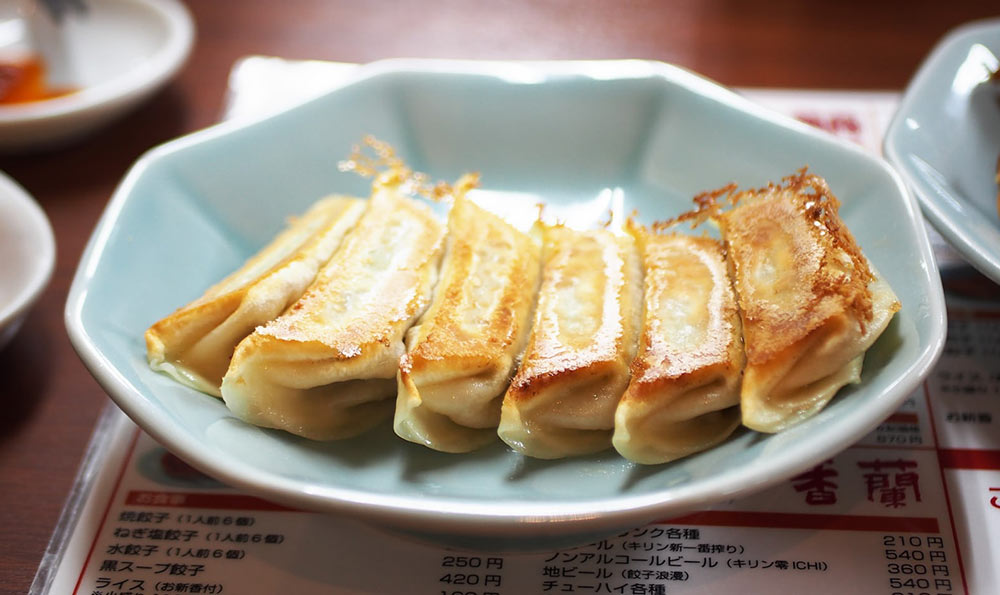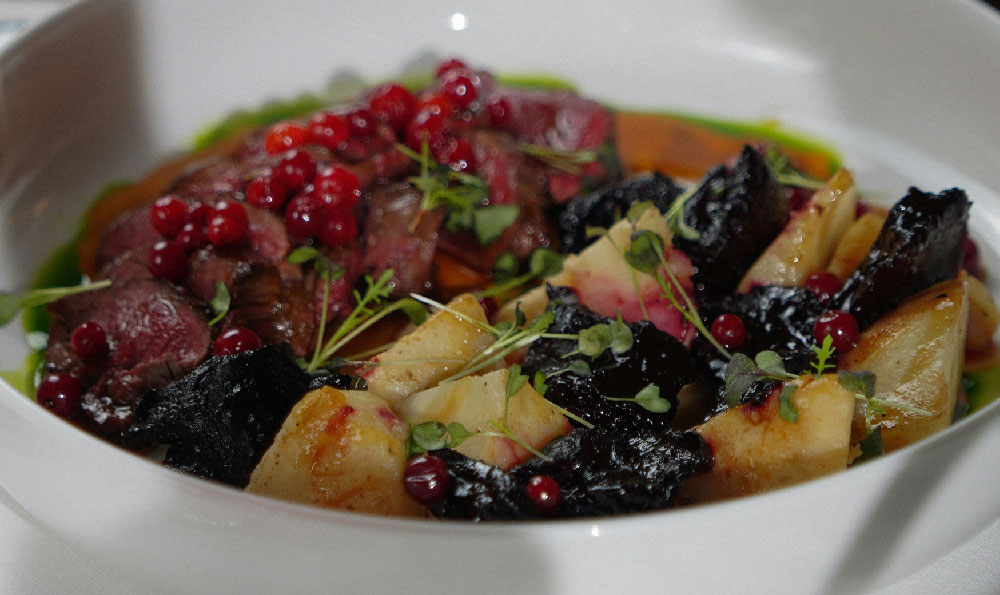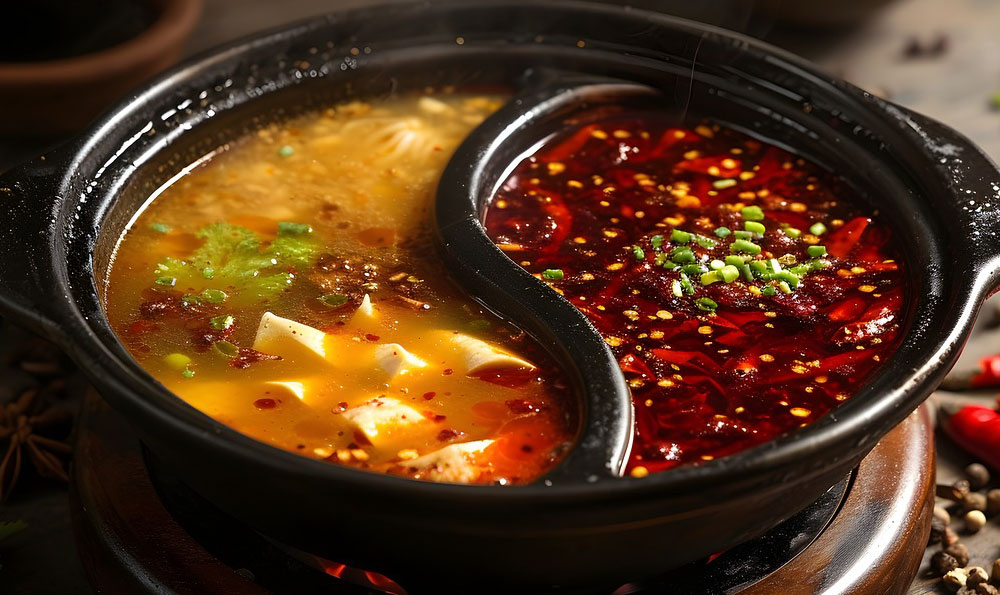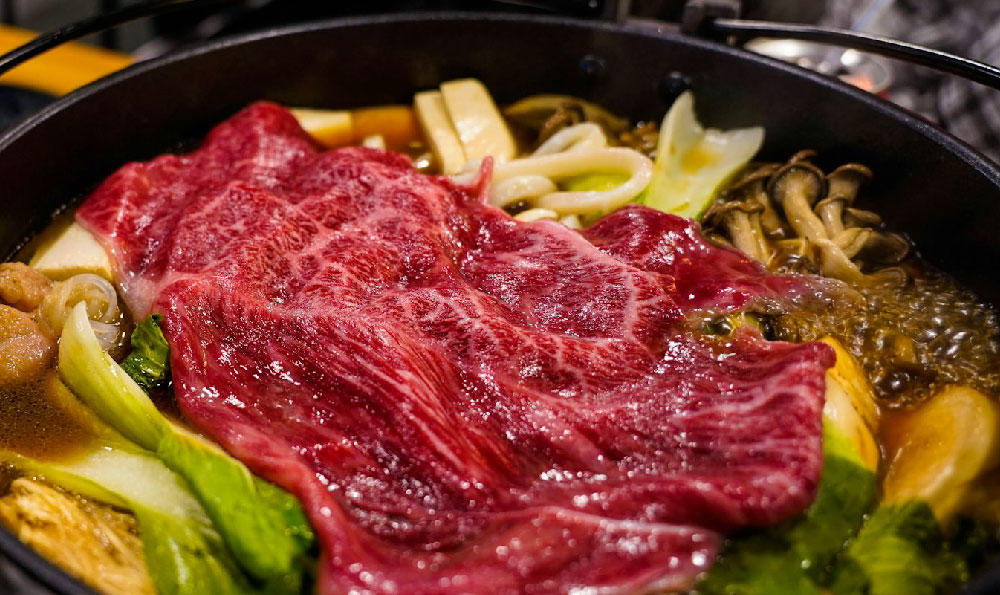
Beef hot pot, also known as \"肥牛汤锅\" (féi niú tāng guō) in Chinese, is a popular dish in the culinary world. This article aims to provide a comprehensive and objective overview of the beef hot pot industry. Through the use of facts, data, and examples, we will explore various aspects of this savory and flavorful cuisine.
1. History and Origins:
The origins of beef hot pot can be traced back to ancient China. It is believed that this dish emerged during the Tang Dynasty (618-907 AD) and gained popularity in the Sichuan province. Over the centuries, beef hot pot has evolved and diversified, influenced by regional tastes and cooking techniques.
2. Ingredients and Preparation:
Beef hot pot is primarily made with thinly sliced beef, which is then cooked in a simmering broth. The broth is typically flavored with various ingredients such as herbs, spices, and condiments. Additionally, a wide range of vegetables, mushrooms, and noodles are added to enhance the flavors and create a wholesome meal.
The beef used in hot pot is carefully selected, ensuring its tenderness and quality. It undergoes meticulous slicing to achieve the desired thickness, allowing for quick cooking and optimal taste.
3. Regional Variations:
Beef hot pot has different regional variations within China and has gained international popularity, leading to diverse recipes and cultural adaptations. Sichuan hot pot is known for its numbing and spicy flavors, while Cantonese hot pot focuses on the natural taste of ingredients. Each region adds its unique touch, creating a rich tapestry of flavors and textures.
4. Health Benefits:
Apart from its delectable taste, beef hot pot offers several health benefits. The simmering process helps retain the nutrients of the ingredients, making it a nutritious choice. The use of vegetables and mushrooms contributes to a well-balanced meal, providing essential vitamins and minerals. Moreover, the moderate consumption of beef can contribute to protein intake.
5. Dining Experience:
The dining experience of beef hot pot is not only about the food but also the social aspect. It often brings people together, creating a lively and interactive atmosphere. Sharing a hot pot meal encourages conversation, laughter, and the enjoyment of communal dining.
6. Market Demand and Future Prospects:
The beef hot pot industry has witnessed remarkable growth in recent years, both domestically and internationally. Its unique flavors and social appeal have attracted a wide range of consumers. The rise of themed hot pot restaurants, innovative flavor combinations, and the introduction of hot pot delivery services have further enhanced its popularity.
Looking ahead, the beef hot pot industry is likely to continue flourishing as consumers seek diverse and immersive dining experiences. The exploration of new ingredients, creative cooking techniques, and the fusion of culinary traditions will contribute to its ongoing success.
Conclusion:
In conclusion, beef hot pot is a time-honored dish with deep roots in Chinese culinary traditions. Its flavorful broth, tender beef, and assortment of ingredients make it a sought-after dining option worldwide. With the market demand on the rise, beef hot pot is poised for a bright future, continually evolving and enticing food enthusiasts with its unique blend of taste and communal dining experience.
牛肉汤锅美语言
一、牛肉汤锅的起源

牛肉汤锅,作为一道具有浓郁中式风味的美食,源自中国的火锅文化。传统的牛肉汤锅通常由牛肉、辅料和调料组成,以其鲜美的口感和独特的风味,成为中国餐桌上的一道必不可少的美食。牛肉汤锅的起源可以追溯到数百年前的明清时期,以其独特的烹调方式和口味逐渐在中国各地流传开来。
二、牛肉汤锅的制作方法
牛肉汤锅的制作方法主要分为选料、处理和烹饪三个过程。在选料过程中,需要选择新鲜的牛肉,并且根据个人口味选择不同的辅料和调料。在处理过程中,需要将牛肉切成片状,并进行腌制和准备。在烹饪过程中,需要使用煮锅将牛肉浸泡在沸水中,煮熟后捞出,再用牛肉汤汁和辅料一起烹饪。
三、牛肉汤锅的食材搭配
牛肉汤锅的食材搭配十分丰富多样,主要包括选用的牛肉和辅料。在选用牛肉方面,常见的有牛肉片、牛腩、牛筋等。而在辅料方面,可以选择蔬菜、豆腐、海鲜、酱料等,根据个人口味和喜好进行搭配。这样的食材搭配能够让牛肉汤锅更加丰富和美味。
四、牛肉汤锅的营养价值
牛肉汤锅不仅美味,还具有丰富的营养价值。牛肉中富含优质蛋白质、维生素和矿物质,对促进骨骼生长和维持身体健康有很大的帮助。而蔬菜和豆腐等辅料中富含纤维素和维生素,对促进消化和增强免疫力也有很大的好处。牛肉汤锅既能满足味蕾的享受,又能为人体提供丰富的营养。
五、牛肉汤锅的市场前景
随着人们对健康饮食的追求和对中式美食的喜爱,牛肉汤锅在市场上的受欢迎程度也逐渐上升。越来越多的人开始将牛肉汤锅作为一种常见的正餐选择,而不仅仅是作为一道特色菜。在各种餐饮服务场所中,牛肉汤锅也成为了招牌菜品之一,吸引了众多消费者的目光和味蕾。牛肉汤锅在市场前景上具有很大的发展潜力。
六、结语
牛肉汤锅作为一道具有浓郁中式风味的美食,以其鲜美的口感和独特的风味,受到了越来越多消费者的喜爱。其制作方法简单易行,食材搭配丰富多样,营养价值丰富,市场前景广阔。牛肉汤锅不仅能满足人们对美食的追求,还能为人体提供丰富的营养。相信在未来的发展中,牛肉汤锅将继续成为人们餐桌上的一道美味佳肴。
牛肉汤锅特色介绍
牛肉汤锅,一道源自中国传统的美食,以其浓郁的汤底和鲜嫩的牛肉片而闻名于世。它充满了独特的风味和口感,成为了许多人的最爱。下面让我们一起来探索一下牛肉汤锅的特色所在。
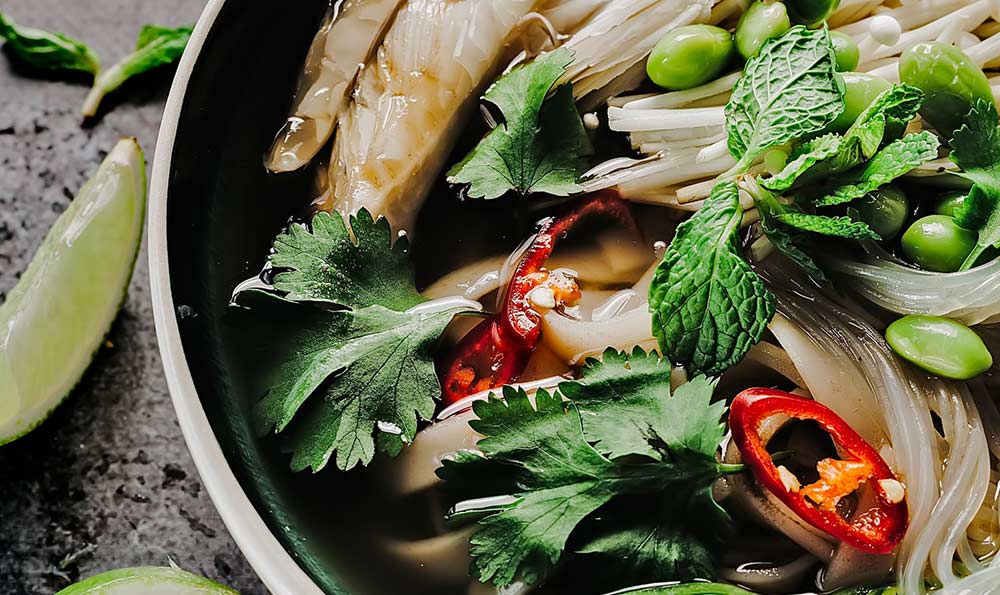
1. 独特的汤底: 牛肉汤锅的最大特色就是其浓郁的汤底。以骨头和牛骨熬制的汤底,色泽金黄,鲜香四溢。这个汤底经过长时间的熬煮,汤汁中融入了牛骨的精华,味道更为浓郁。喝一口牛肉汤底,仿佛可以感受到牛肉的鲜美和汤汁的浓郁,令人胃口大开。
2. 鲜嫩的牛肉片: 牛肉汤锅的另一个特色就是其中的牛肉片。选用优质的牛肉,经过切割和处理后,牛肉变得鲜嫩多汁。在热腾腾的汤锅中煮熟的牛肉片,入口即化,肉质鲜嫩,十分美味。牛肉的纹理和口感与汤底的香味相互融合,让人回味无穷。
3. 丰富的配料: 除了牛肉片,牛肉汤锅还可以搭配各种丰富的配料。比如豆腐、蔬菜、粉丝等,搭配起来可以增加菜品的层次感和口感。豆腐入汤后会吸收汤汁的香味,变得更加美味。蔬菜则为汤锅增添了色彩和口感,让整个菜品更加丰富多样。
4. 独特的烹饪方式: 牛肉汤锅的烹饪方式也是其独特之处。牛肉片需要在汤锅中快速煮熟,以保持其鲜嫩的口感。而汤底则需要慢慢熬煮,以便汤汁中融入更多的牛骨精华。这种独特的烹饪方式,保证了牛肉汤锅的口感和风味。
5. 丰富的调料选择: 牛肉汤锅的调料也是多种多样的。比如蒜末、辣椒粉、花椒等,可以根据个人口味进行选择。这些调料可以增加菜品的麻辣味和香气,令牛肉汤锅更加美味可口。
牛肉汤锅作为一道传统的美食,在不同地方有着不同的特色和口味。无论是在北方还是南方,无论是在家庭聚餐还是餐馆就餐,牛肉汤锅都能带给人们美味和快乐。如果你对美食有着浓厚的兴趣,不妨一试牛肉汤锅,体验其中的独特魅力。
通过对牛肉汤锅的特色介绍,我们不难发现这道美食的独特之处。浓郁的汤底、鲜嫩的牛肉片、丰富的配料和独特的烹饪方式,让牛肉汤锅成为了人们喜爱的美食之一。无论是寒冬腊月还是盛夏酷暑,牛肉汤锅都能带给人们美味和满足。希望每个人都能品尝到这道美食的独特魅力,尽情享受其中的美味和快乐。

